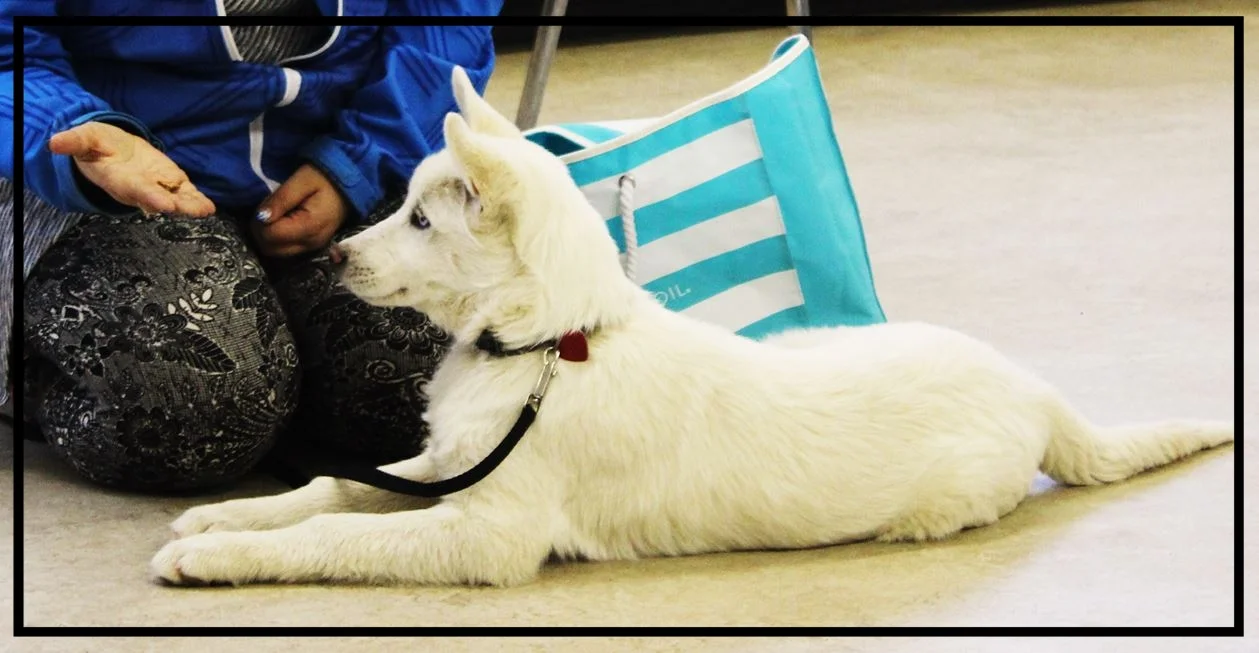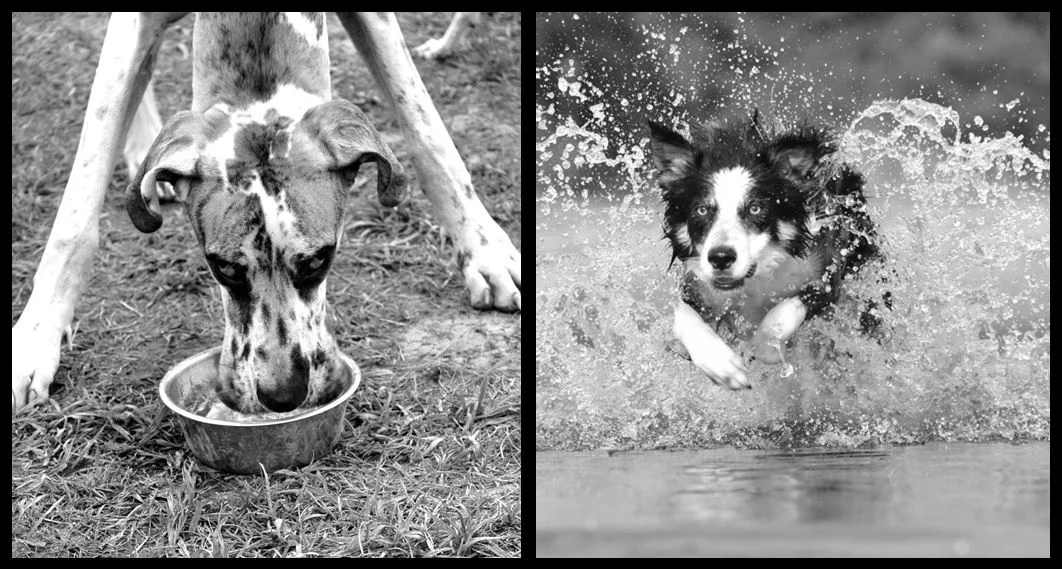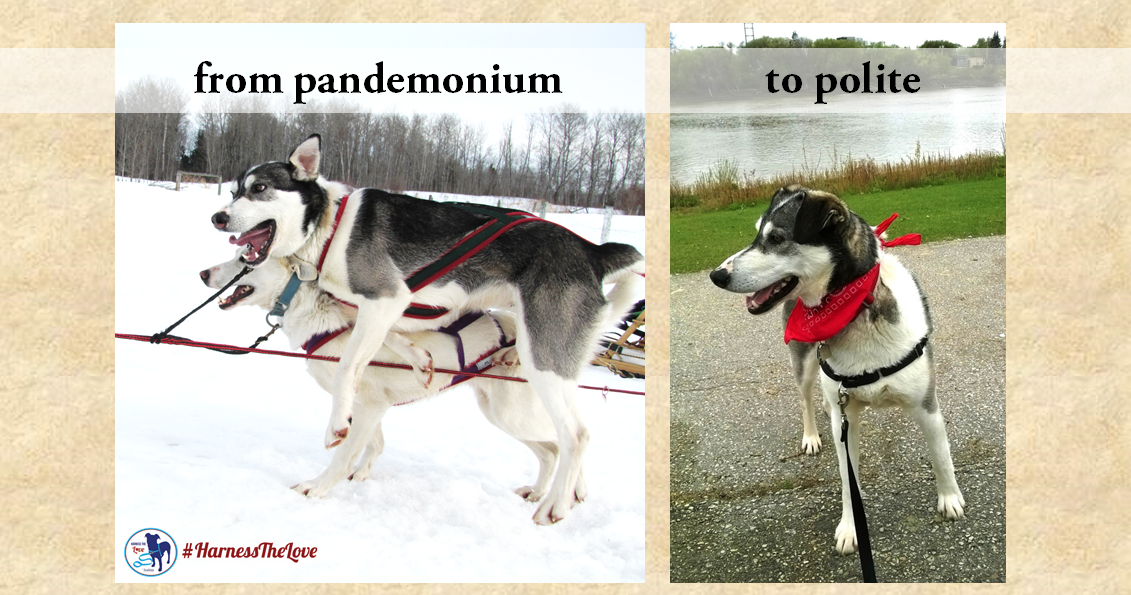Modern dog trainers have an agenda. We are almost always on the look-out, like treat-carrying heat-seeking bombs, hoping to find and eradicate anything and everything that might scare dogs.
I recently had some fear, up close and personal. A man driving behind me didn't like having to wait in line. He went from oddly belligerent to abusive. He stalked my car, yelling and outrageous, then stopped in the middle of an intersection to block traffic. Most chillingly, he circled the block and watched me fuel up before driving off in a puff of rubber. I waved an apology to the people behind me but was rattled. A few hours later and hundreds of kilometers closer to home, I stayed put in my locked car when another man, middle-aged and holding tight to his son's hand, walked by. Same thing for some laughing and joyous teens, pants slouched and shoes bright red and unlaced. I wasn't myself for a good few hours - and unlike many women faced with possibly violent men, I walked away without physical injury. But actual injury doesn't matter when it comes to fear: a switch in my brain had been flipped. Being scared sucks. And it matters. And it lasts.
If you have a dog that finds certain situations or people scary, you are their advocate. You are their emotional bubble wrap. Being scared is a welfare concern for the fearful dog, to say nothing of the safety issue if the dog expresses their fear with a bite.
Take the dog trainer's oath: nothing scary on your watch
Fear can be hard to spot. Look for cowering, glancing or moving away, a tucked tail, ears down and back, trembling, a closed mouth, random panting, aggressive behaviour like growling or biting, and even dogs who lick their lips or nose. (Please watch the body language videos here with your kids). If you see these signs, catalogue and act.
Catalogue. What is your dog scared of? A person? A situation? A sound? Keep a running list.
Act. If your dog is mildly anxious, you can simply keep them a bit further away from the thing they're scared of in the future. Cross the street, leave the park, or put Fido in the house. Distance is the easiest way to grant relief. However, if your dog is anything more than mildly anxious, do your best to keep them wholly safe from their fears. Check your catalogue - is your dog scared of your kid's dress-the-dog-up game? Find another fun activity that both your kids and dog will love. Is your dog worried about dinner parties? Head out for supper on the town, or give them relief in the back room with a Kong, away from your mildly bacchanalian guests.
Consider also contacting a dog trainer who uses modern and safe techniques (Pavlovian conditioning should be at the top of the list). Many fears can be ameliorated through sound technique and trainers are adept at helping a dog's family come up with ways to keep everyone feeling safe.
Finally, run long and far if a trainer suggests using special collars or techniques that might hurt (and therefore further scare) your dog. Modern training methods allow us to put those tools in the museum where they belong.
Learn more about helping dogs with fear here and here, and about aggression here.
Photo: Schreiberphotography | © Dreamstime Stock Photos & Stock Free Images























